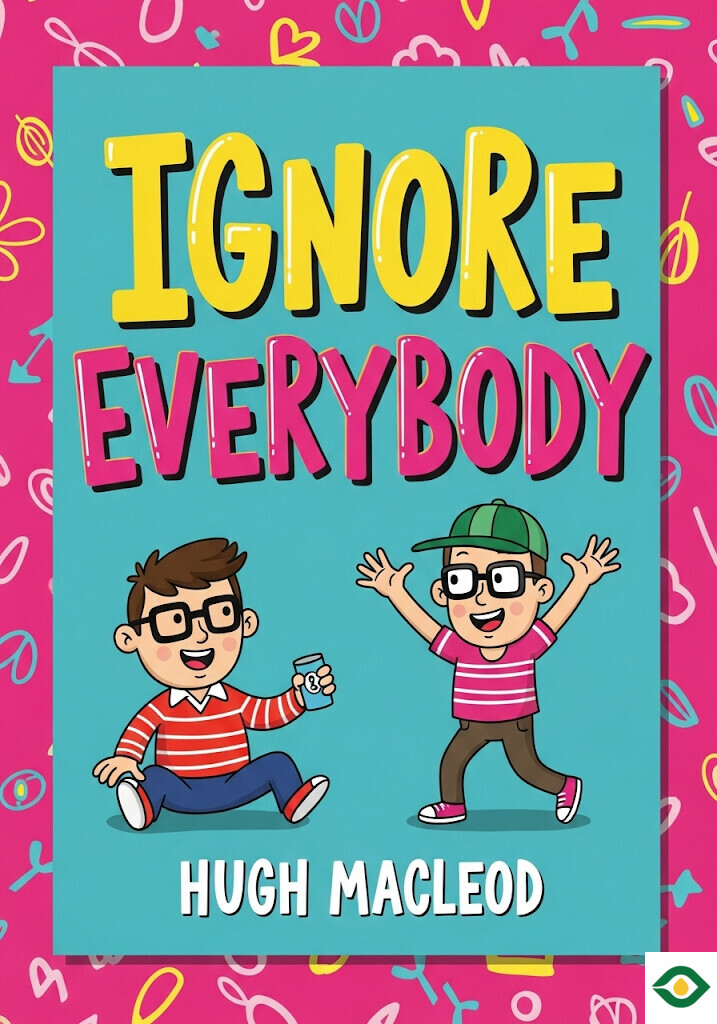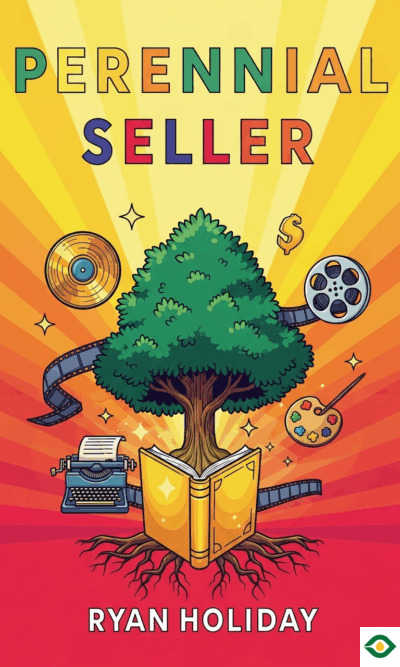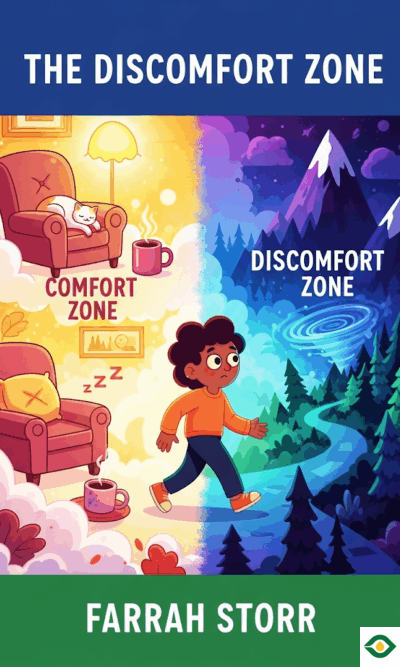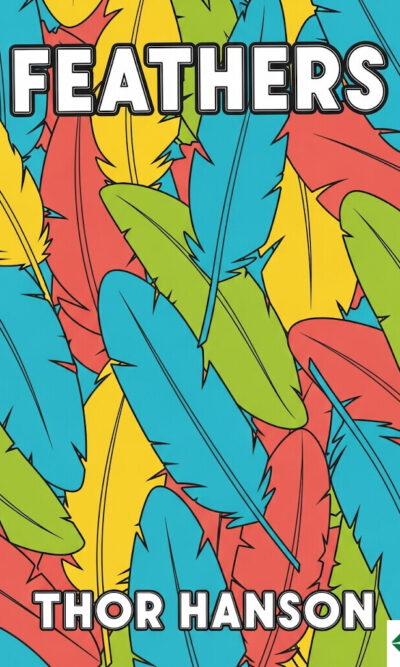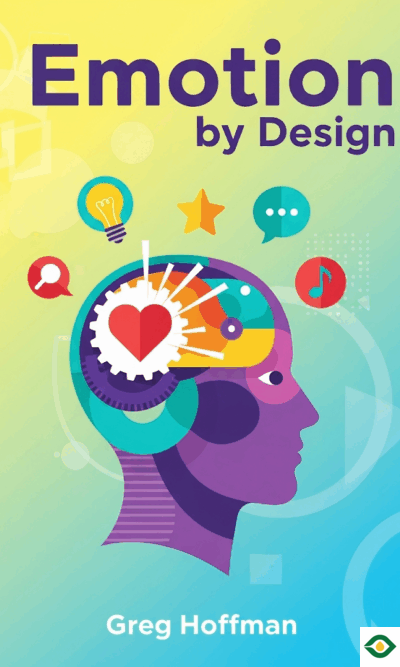Description
Creativity is something mysterious. You cannot command it like a machine, and you cannot schedule it on a calendar. It often shows up when you least expect it—like hiccups or sudden laughter. That is both the challenge and the beauty of creativity. If you try too hard to force it, it slips away. If you let go, it might surprise you in the middle of an ordinary moment. Many people have their best ideas while waiting in line, riding the bus, or right before falling asleep. The key is to catch those sparks. Write them down, sketch them, or store them in some way so you don’t lose them. Even the smallest thought can later grow into something meaningful.
But beginning any creative project is intimidating. Starting is often harder than finishing. When you stare at a blank page, blank canvas, or empty screen, doubts creep in. You wonder if your work will be good enough, if anyone will care, or if you have the right skills. These thoughts can quickly turn into procrastination. Instead of writing or drawing, you suddenly decide to clean your house, scroll through your phone, or reorganize your files. That fear of imperfection makes you avoid the very thing you want to do most.
One common trap is believing that you need perfect tools before you can begin. Many people think they need the newest camera, the best paints, or the most expensive computer. But tools are not what make art valuable. History shows that many of the world’s greatest artists created masterpieces with very little. Ernest Hemingway wrote unforgettable novels with just a pen and paper. Vincent van Gogh painted powerful works using only a handful of colors. What mattered most was not their equipment, but their dedication and honesty. If you wait for the perfect tools, you may never start.
When you do begin to share your work, don’t expect everyone to understand or appreciate it right away. Friends and family may not know how to respond. The more original your ideas, the harder it will be for others to give useful feedback. Groundbreaking art often confuses people at first. Think of pioneers like Isadora Duncan, who invented new forms of dance that nobody had ever seen. She could not rely on advice, because no one else understood what she was trying to do. If you’re creating something fresh, don’t expect the usual encouragement. In fact, sometimes people close to you may hold you back without meaning to, simply because your path doesn’t match theirs. That’s why it is important to rely on your own inner compass.
At the heart of creativity lies one essential rule: stay true to your vision. Imagine painting a cat turquoise because you love that color, but then your teacher tells you to make it black to get a passing grade. The moment you follow the teacher’s order, the art is no longer yours—it becomes a task instead of an expression. Real art requires honesty. It comes from what you genuinely want to say or show, not from what others demand. Jackson Pollock did not drip paint across canvases because it was fashionable. He did it because it was his authentic way of expressing energy and feeling. Staying true to your creative voice may not always be popular, but it is the only path that leads to art that truly matters.
Of course, creative drive alone is not enough. Passion must be matched with practice and patience. Musicians rehearse for thousands of hours before performing beautifully. Writers rewrite drafts again and again before reaching clarity. Creativity requires persistence, and persistence means working even when inspiration feels distant. That mix of passion and effort is what transforms an idea into art that lasts.
Still, there is a practical side to consider. Making art does not always guarantee a paycheck. Many people dream of quitting their jobs to paint, write, or compose full-time. But rent, bills, and groceries do not vanish just because you are an artist. Sometimes keeping a day job can actually protect your creativity. With steady income, you can make art freely without worrying about whether it will sell. If you depend entirely on art for money, you might start tailoring your work just to please buyers. That can dilute your originality and turn your passion into an obligation. There is nothing wrong with wanting to turn creativity into a career, but it is wise to build stability first.
Today, the internet has opened possibilities that past generations never had. In the past, artists needed publishers, galleries, or agents to share their work with the world. Now anyone can reach an audience directly. Writers can post stories on blogs, musicians can share songs on streaming platforms, and filmmakers can upload videos for global viewers. The internet is like a stage that never closes. You do not have to wait for someone to discover you—you can begin showing your work right now. And sometimes, building your own audience this way leads to bigger opportunities. The author of this book himself began by sharing cartoons online, which slowly grew into a community of readers and eventually a successful career.
The core message is simple but powerful: you need passion, honesty, and persistence to create meaningful art. Inspiration cannot be forced, but when it comes, welcome it. Don’t let distractions, fear, or the opinions of others silence your voice. Use the tools you have instead of waiting for perfect ones. Stay loyal to your vision, even when it is misunderstood. Balance your dream with practical support, so you don’t crush your creativity under financial stress. And share your work boldly, because the world now has countless ways to connect you with people who may love what you do.
When you feel stuck, remember: the answer is not to push harder, but to step back. Go for a walk, change your environment, or take a break. Creativity often flows best when your mind is relaxed, not when you are straining. At its core, creativity is about expressing your inner truth. The more you honor that, the more powerful your art becomes—not only for you, but also for the people who experience it.

